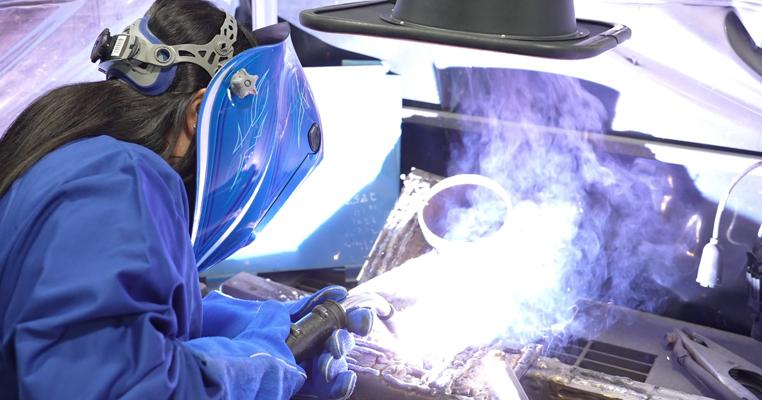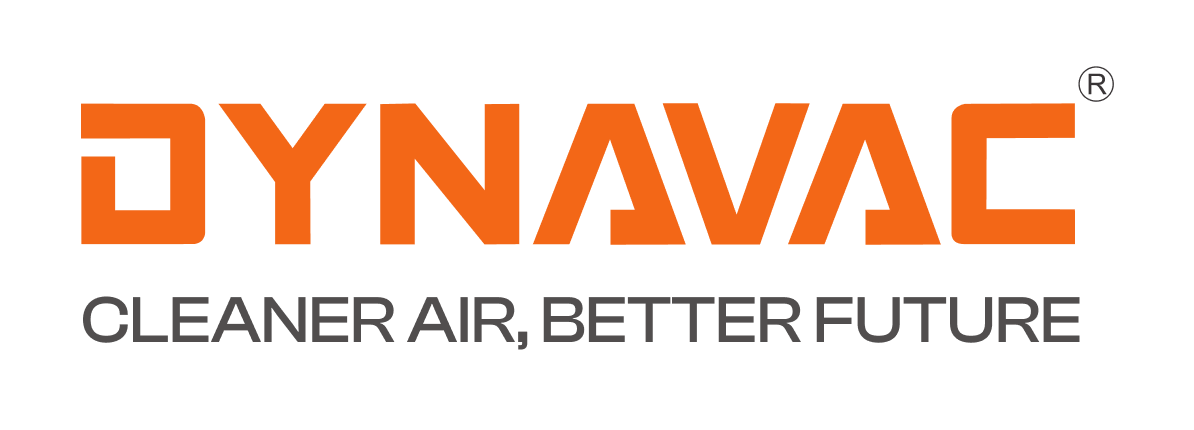Choosing the Right Extraction System: Mobile/ Stationary vs. Centralized Solutions
When dealing with airborne dust in your workplace, selecting the optimal extraction system is crucial for both safety and efficiency. Two main options emerge: mobile/stationary dust extractors and central extraction systems. Choosing the right one depends on various factors, and this guide will help you navigate the decision-making process.
Understanding the Needs:
Before diving into specifics, consider your working environment and dust generation patterns.
- Number of extraction points: Are you dealing with dust at multiple locations or just one?
- Workplace flexibility: Does your work involve frequent movement or require a fixed setup?
- Dust type and volume: Does the dust pose specific hazards (e.g., H-class dust) or require high extraction power?
- Space constraints: Do you have limited floor space for a permanent system?
- Budget and future needs: What is your current budget, and how might your extraction needs evolve?
Mobile/Stationary Dust Extractors:
Ideal for flexible operations with few extraction points, offering:
- Compact size: Easily moved to different workstations.
- Low initial cost: Suitable for businesses with limited extraction needs.
- Space-saving: Can even be used in tight spaces.
- Recirculation option: Reduces installation costs and allows for filter-returned air (suitable for non-hazardous dust).
- H-class dust compatibility: Available with appropriate certification for hazardous scenarios.
Disadvantages:
- Limited capacity compared to central systems.
- Not suitable for multiple simultaneous users.
- May require manual connection and disconnection at different workplaces.
Central Extraction Systems:
Perfect for large-scale operations with multiple extraction points, offering:
- Scalability: Modular design adapts to your specific needs and grows with your business.
- Cost-effective for multiple users: Provides economies of scale compared to individual units.
- Recirculation or exhaust air flexibility: Choose between returning filtered air or exhausting it outdoors.
Disadvantages:
- Higher initial investment due to complex installation.
- Less flexible for sporadic or changing extraction needs.
- Requires more planning and layout considerations.
Making the Choice:
Ultimately, the decision boils down to your specific context.
- For limited dust generation at one or two points, a mobile/stationary dust extractor offers affordability and flexibility.
- For extensive dust, multiple users, or future expansion plans, a central extraction system provides long-term efficiency and scalability.
Remember, seeking professional advice and considering additional factors like ATEX compliance for explosive environments is crucial for a truly optimal solution.


